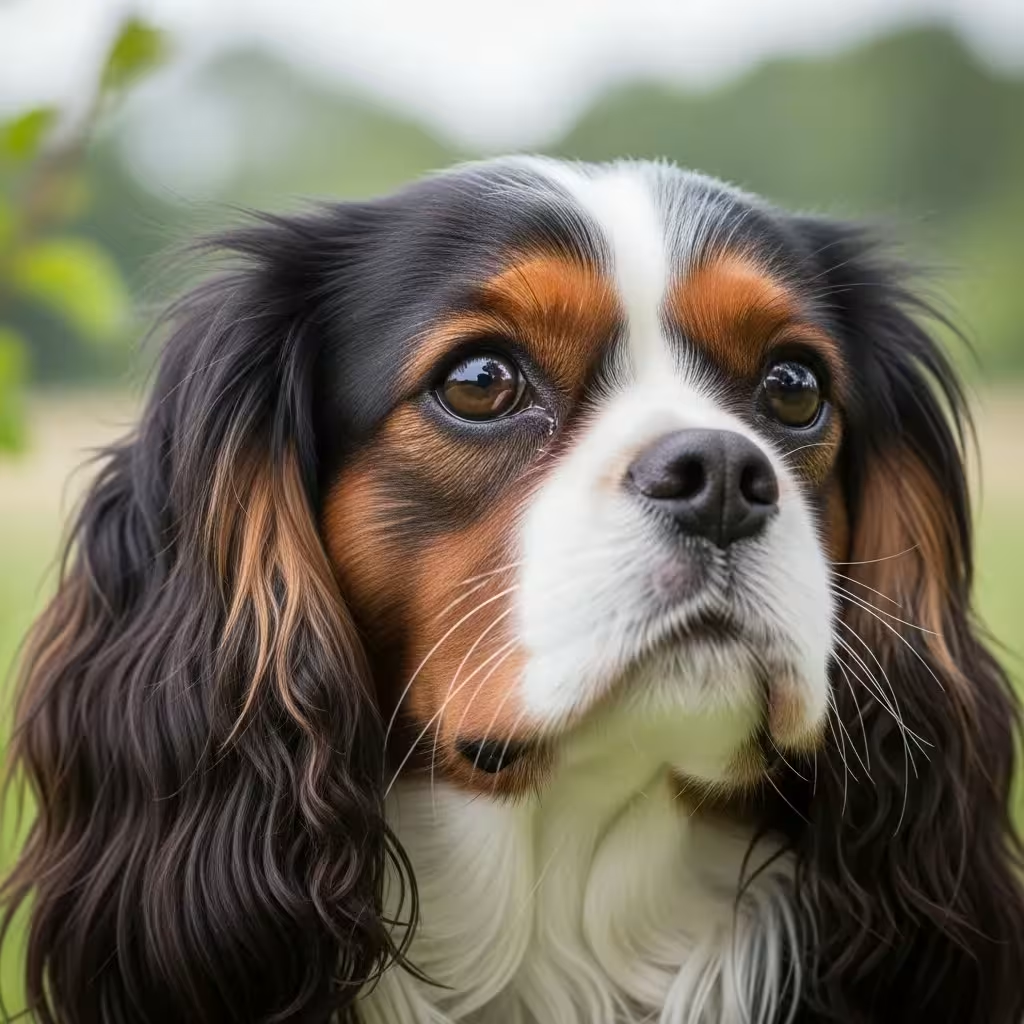
4. Cavalier King Charles Spaniel: The Aristocratic Lap Warmer
Named for King Charles II of Great Britain, the Cavalier is the quintessential companion dog. Bred for centuries to be a lap dog for royalty, their primary purpose is to provide affection and companionship. They are sweet, gentle, and eager to please, thriving on human interaction.
Exercise and Temperament
A Cavalier is happy with a daily walk and some indoor playtime. They adapt their energy level to their owner’s; they will gladly join a leisurely stroll but are equally content to cuddle on the sofa. Their trusting and friendly nature means they are generally poor watchdogs but excellent family members, getting along well with children and other pets. They suffer from separation anxiety if left alone for long periods and are best suited for homes where someone is usually present.
Health and Care
Cavaliers are unfortunately predisposed to several serious genetic health conditions. Mitral Valve Disease (MVD), a heart condition, is extremely prevalent in the breed and is the leading cause of death. Syringomyelia (SM), a painful neurological condition related to the skull’s shape, is also a significant concern. Prospective owners must research breeders who perform rigorous health screening on their breeding stock, including regular heart checks by a veterinary cardiologist. According to the American Veterinary Medical Association (AVMA), responsible breeding practices are key to improving breed health.
Grooming Needs
Their silky, medium-length coat requires regular brushing several times a week to prevent mats, particularly around the ears, legs, and tail. They need professional grooming or a trim every 6-8 weeks. Their long ears also need frequent checks and cleaning to prevent infections.















